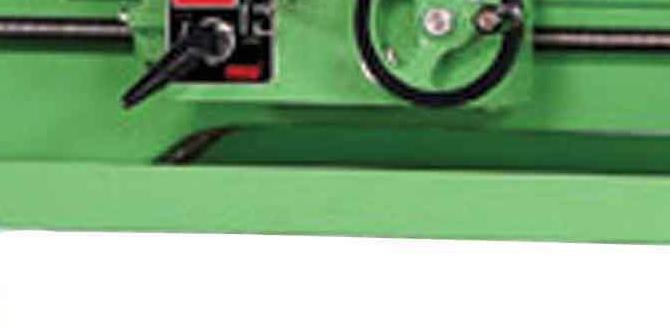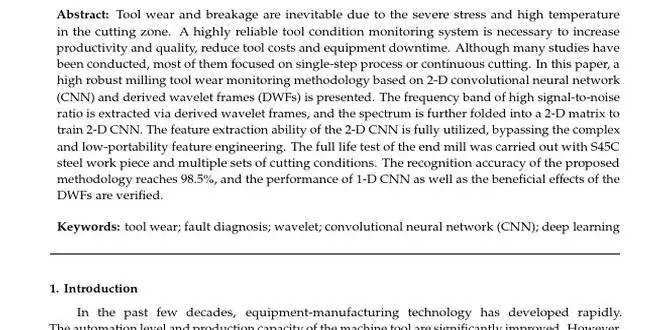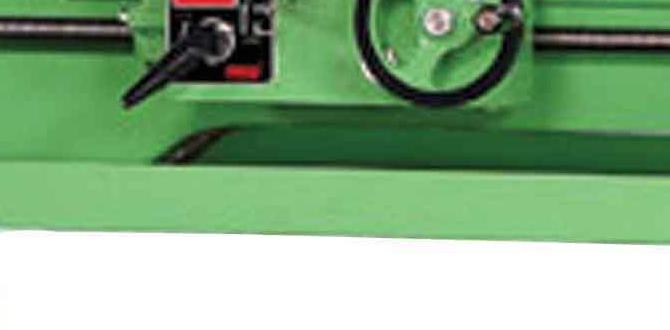Wood Lathe Dust Extractor Reviews: Your Gateway to a Cleaner Workspace
Investing in a wood lathe dust extractor is not just a good idea; it’s a crucial step towards a healthier, more productive, and ultimately more enjoyable woodworking experience. The fine sawdust generated by woodturning can quickly permeate your workshop, clinging to surfaces, lungs, and even your finished projects. This article delves into the world of wood lathe dust extractors, offering comprehensive wood lathe dust extractor reviews to help you make an informed decision and finally breathe easy in your creative space.
The amount of fine particulate matter released from a wood lathe can be astonishing. While some might think a simple shop vac is sufficient, dedicated dust extractors are designed to handle these specific airborne particles much more effectively. They not only protect your respiratory system from potentially harmful wood dust but also prevent it from settling on your projects, which can ruin a beautifully finished piece. Furthermore, a cleaner environment often translates to better focus and a more efficient workflow. Without the constant distraction of airborne dust, you can concentrate on the intricate details of your turning.
Understanding the Importance of Dust Extraction for Woodturners
Wood dust, depending on the type of wood, can contain irritants, allergens, and even carcinogens. Prolonged exposure without adequate protection can lead to respiratory issues such as asthma, bronchitis, and even occupational diseases. A robust dust collection system acts as your first line of defense, capturing the vast majority of this airborne particulate matter at its source.
Beyond health concerns, dust extraction significantly impacts the quality of your work. Dry, powdery dust can create a hazy atmosphere, making it difficult to see your workpiece clearly. This haze can also settle on wet finishes, preventing them from curing smoothly and leading to a less-than-perfect surface. A good dust extractor minimizes this visual obstruction and contamination, allowing for cleaner cuts, smoother sanding, and a superior final product.
Key Features to Consider in Your Wood Lathe Dust Extractor Reviews
When evaluating different wood lathe dust extractors, several key features will influence your purchase decision. Understanding these will empower you to compare models effectively and find the best fit for your specific needs.
Airflow (CFM – Cubic Feet per Minute): This is arguably the most critical specification. Higher CFM means the extractor can move more air, and therefore more dust, more quickly. For wood lathes, a higher CFM is generally better, especially if you have a larger lathe or are working with woods that produce substantial dust. Think about the volume of your workshop and the size of your lathe when considering CFM requirements.
Filtration System: The effectiveness of a dust extractor is heavily dependent on its filter. Look for extractors with multi-stage filtration, ideally including a fine dust filter (often rated in microns). A system that captures fine particles (1-5 microns) is ideal for protecting your lungs. Bag filters are common, but canister or HEPA filters offer superior capture rates.
Static Pressure (Water Lift): While CFM is about volume, static pressure (often measured in inches of water lift) indicates the extractor’s ability to pull air through the ductwork and filter. A higher static pressure means the system will maintain better airflow even with longer duct runs or more restrictive filters.
Noise Level: Woodworking can already be noisy, and a loud dust extractor can exacerbate the issue. Check decibel ratings (dB) if noise is a significant concern for you or your neighbors. Some models are designed for quieter operation, often at a premium.
Portability and Size: Consider how much space you have available and if you need to move the dust extractor around your workshop. Some models are on wheels for easy maneuverability, while others are more stationary.
Ducting and Accessories: The type and diameter of the ducting are crucial for maintaining efficient airflow. Flexible hoses can lose airflow more readily than rigid piping. Many extractors come with basic ducting and connectors, but you might need to invest in additional components for a custom setup.
Top Wood Lathe Dust Extractor Reviews: What the Market Offers
The market for wood lathe dust extractors is diverse, with options ranging from smaller, more affordable units to powerful, industrial-grade machines. Here’s a look at some common categories and what you can expect:
Single-Stage Dust Collectors: These are generally the most basic and affordable option. They typically use a motor to create suction, pulling dust directly into a collection bag or bin. They are best suited for smaller workshops and lighter dust-producing tasks. For woodturning, they might struggle with the finer dust produced by sanding.
Two-Stage Dust Collectors: These systems offer a significant improvement. They feature a pre-separator that captures larger chips and debris before they reach the finer filter and fan. This prevents the filter from clogging as quickly, maintaining better airflow and extending the filter’s lifespan. Many hobbyist woodturners find two-stage systems to be an excellent balance of performance and price.
Three-Stage Dust Collectors: These are more advanced and often feature a cyclone pre-separator, followed by multiple levels of filtration, including highly efficient fine dust filters. They offer superior air cleaning and consistent airflow but come with a higher price tag. These are often favored by professional woodturners or those with very specific or stringent dust control requirements.
Cabinet-Style Dust Extractors: These are often integrated into enclosed workstations, providing a clean and contained environment. They are excellent for minimizing dust spread but are typically the least portable and most expensive option.
When reading wood lathe dust extractor reviews, pay close attention to how each model performs specifically on woodturning dust. Some reviews might focus on table saw or planer dust, which can be coarser. Look for feedback from other woodturners regarding their experience with fine sanding dust and the effectiveness of the filtration system. User forums and dedicated woodworking community sites can be invaluable resources for detailed and practical insights.
Making the Right Choice for Your Workshop
Choosing the best wood lathe dust extractor involves balancing your budget, the size of your workshop, the types of wood you turn most often, and your personal sensitivity to dust. Don’t compromise on your health. Even a moderately priced dust extractor will offer far superior protection and a cleaner working environment than no system at all.
Consider the long-term benefits: a healthier you, cleaner projects, and a more enjoyable woodworking hobby. Investing in a quality wood lathe dust extractor is an investment in your passion and your well-being. By carefully considering the features and reading thorough wood lathe dust extractor reviews, you can find the perfect system to keep your workshop clean and your air pure.





